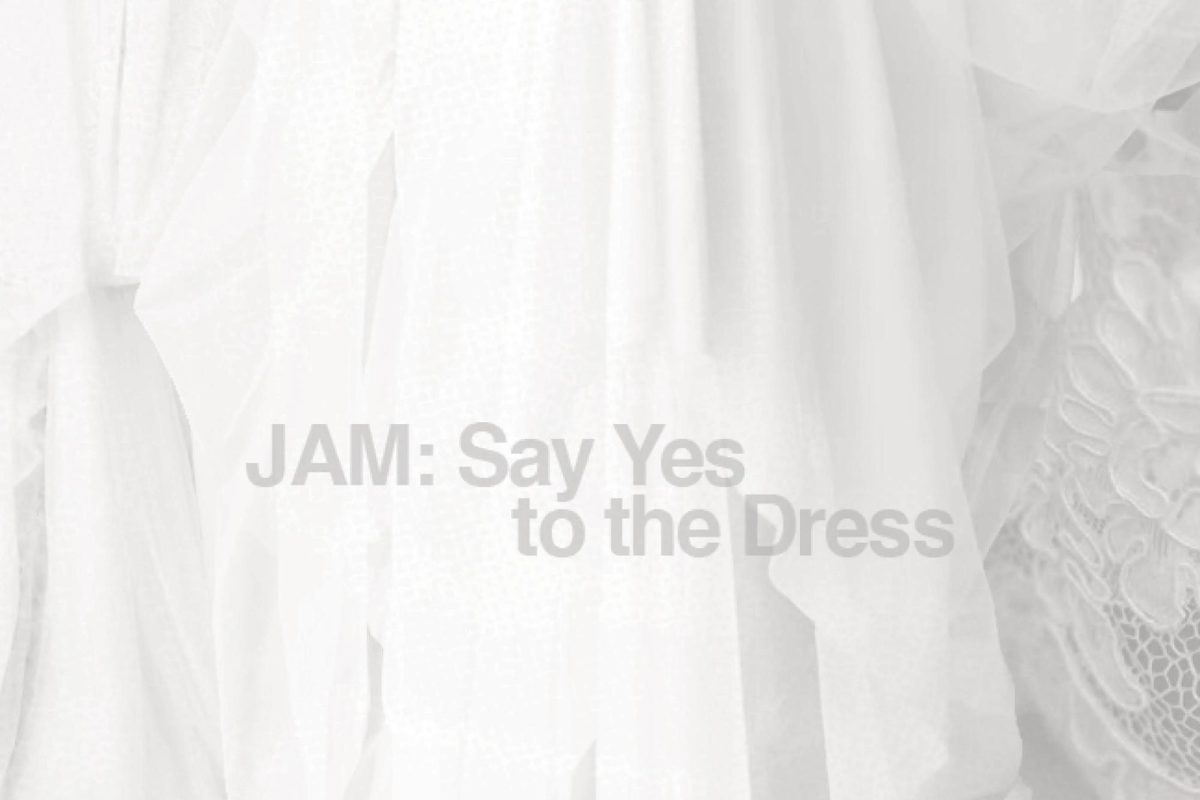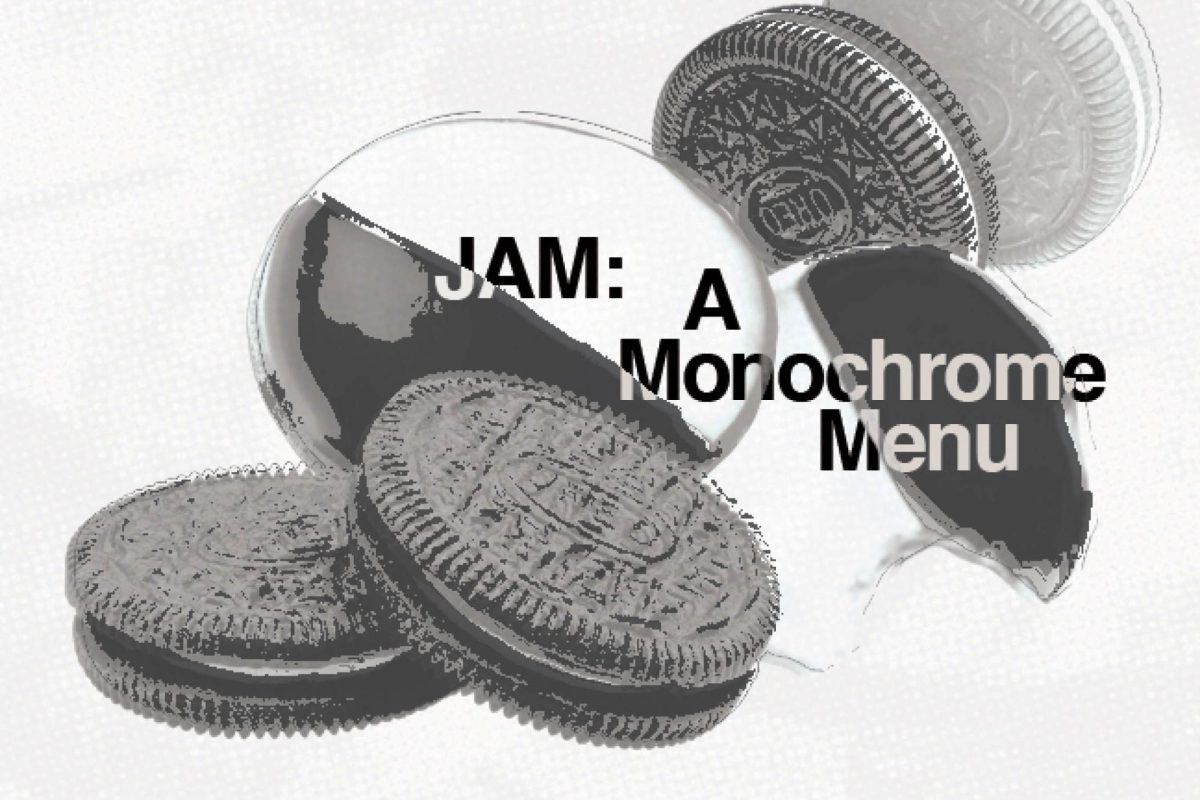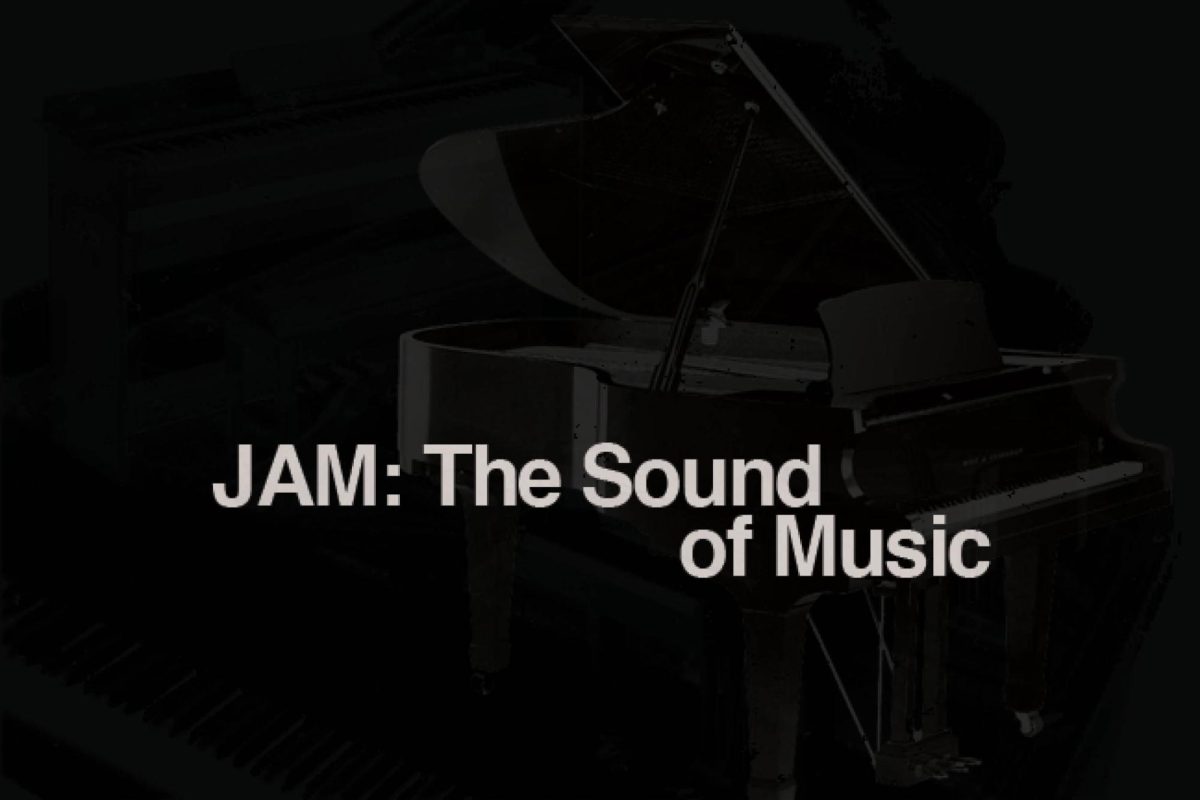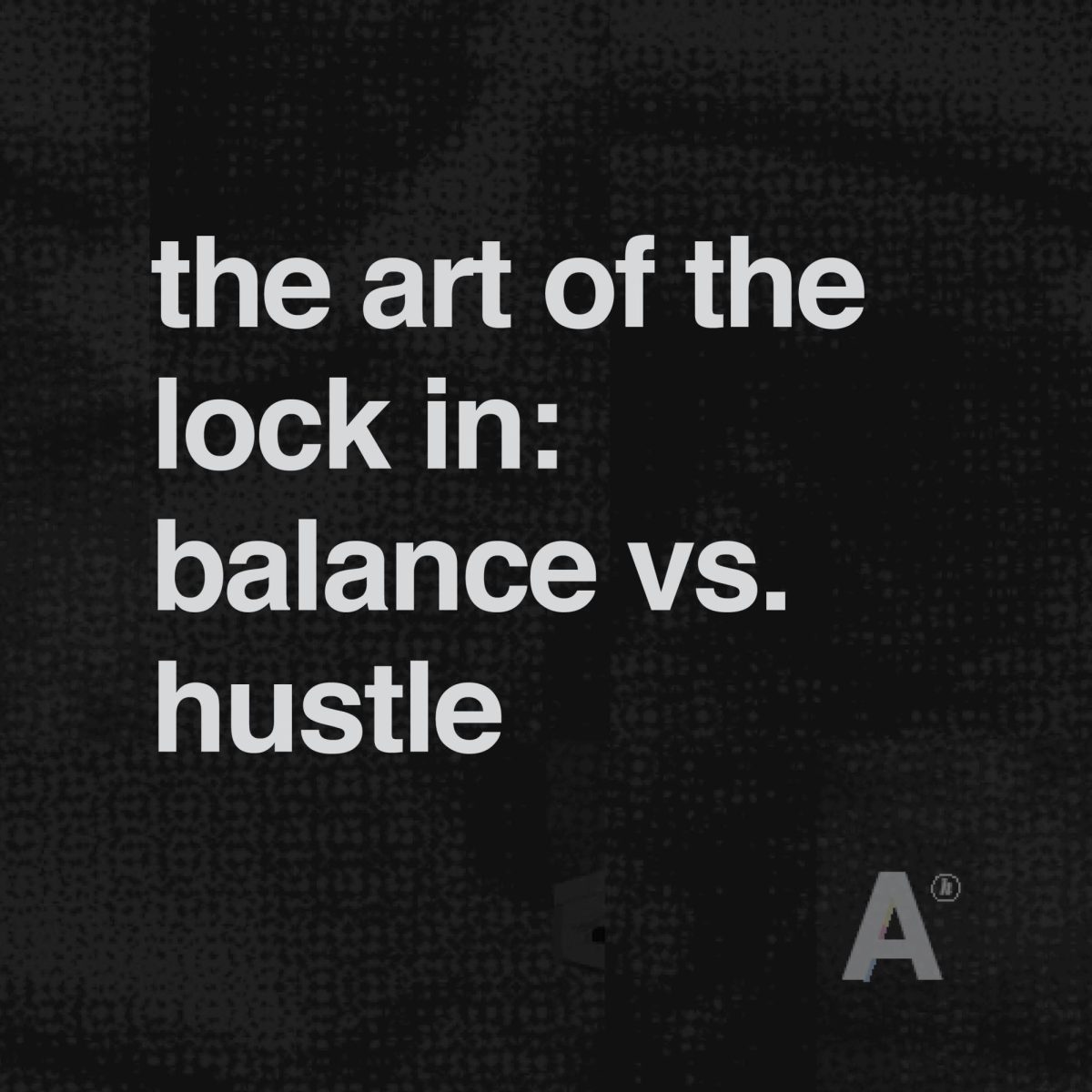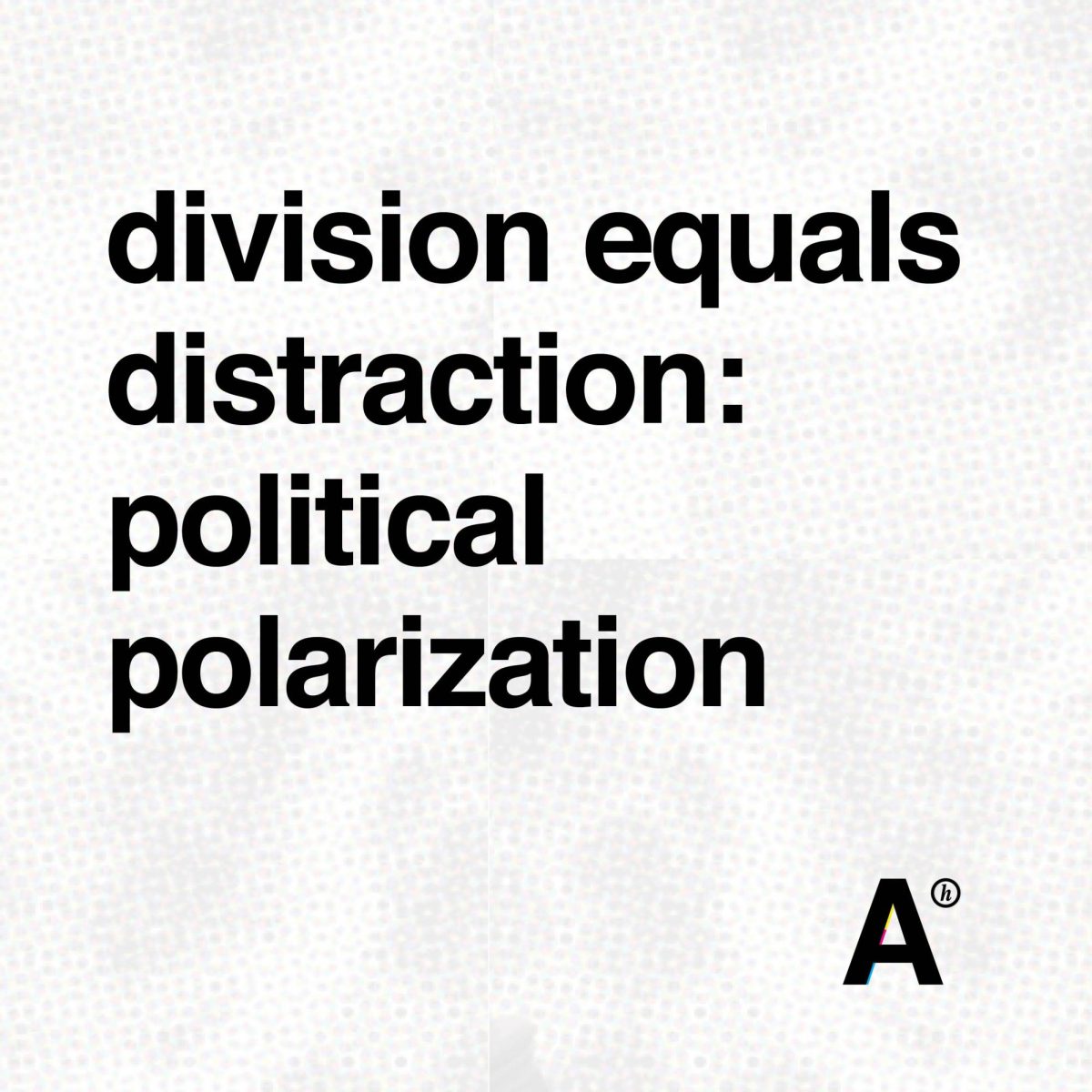In The Arts
December 11, 2020
SUBMITTED PHOTOS: JASMINE HSU, SAVANNAH KHAN
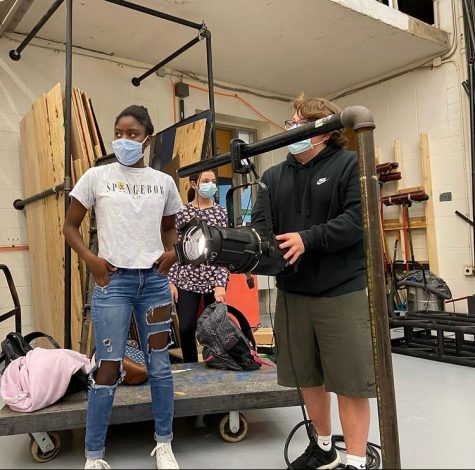
People of color tend to be underrepresented in the arts in the United States. Whether art by people of color is overtaken by more Eurocentric art or they never pursued their artistic passions in the first place, the arts lack a proportionate amount of artists of color.
According to a 2014 study by BFAMFAPhD,a collective formed in 2012 to make art, reports , and teaching tools to advocate for cultural equity in the United States, 81% of people who graduate with an art degree are white (non-Hispanic) despite only 63% of the population being white (non-Hispanic).
Jasmine Hsu, student leader of the Advancement of Asian Americans in Arts and Athletics (A5) Club and senior, said A5 club officers work to combat underrepresentation of Asian-American artists by highlighting the accomplishments of successful Asian-Americans in that field. She said the lack of Asian-American artists is a result of prejudice against the arts within the Asian-American community.
“A lot of times in the arts it can be a struggle to find financial independence when you go into an art field, whether that be actual drawing and painting, whether that be a musician, whether that be an athlete; it’s hard to make a living off of that,”
Hsu said. “You have to be very lucky, you have to have the right connections (and) good networking skills. And so because of that, a lot of parents fear their children going into that. They want their kids to be economically stable.”
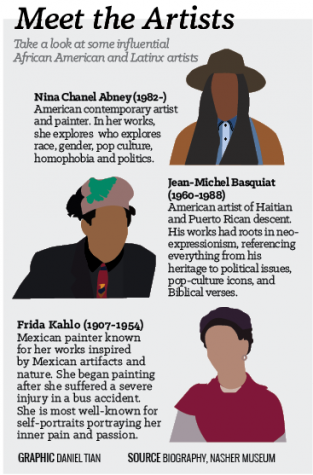 Savannah Khan, Tech Theater member and senior, said fear of prejudice kept her from pursuing leadership positions until recently.
Savannah Khan, Tech Theater member and senior, said fear of prejudice kept her from pursuing leadership positions until recently.
“For me, I’m one of three people of color in the tech theater department,” Khan said, “and, until this year, I was scared to go for things in a leadership position because I was scared of how I’d be seen or whether people would listen to me.”
For her part, Jennifer Bubp, Painting 1-2 and AP Art History teacher, said she could see why people of color could become discouraged in art classes at this school, especially at the lower levels, but that she would like to see more African-American students in her classes.
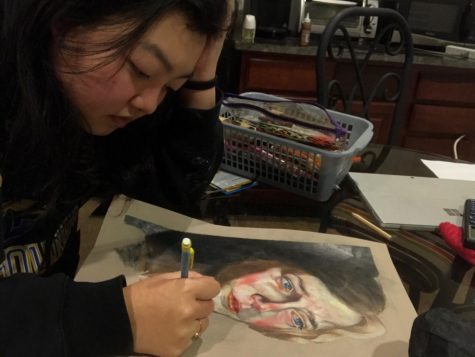
“I feel like a lot of times the theme that we throw out — for example, whether it be a self portrait or a landscape or whatever — a lot of times the kids will kind of gravitate towards the mainstream genre,” Bubp said. “They’ll try to usually copy or look at the masters for inspiration and what happens a lot of times is I feel like a lot of their stories get lost, like the personal narrative and so I would say I can see how a person of color might feel like they might lose a little bit of their voice in that way.”
Khan said the best way to combat underrepresentation is to let people of color know it is possible for them to achieve the same things as white individuals.
“Not appointing people in leadership positions because they are people of color, but making sure that it is spread out and make it aware to people of color that they can be in leadership positions or even involved in stuff that they think is harder to get into because it’s more white-dominated (is a solution),” Khan said.
According to Bubp, there are ways the art department here could improve in order to better accommodate aspiring artists of color.
“I would say allowing students the opportunity to voice their own personal vision because that’s the whole idea of an artist, about their style (and) their voice, even learning the technique,” Bubp said. “As I’ve mentioned in our beginning classes, we’re trying to give them a strong foundation of skills (and) even within that construct being able to see things from their perspective and being able to voice their own personal stories is definitely something that we can be more cognizant of.”
Hsu said it’s important for an individual to determine a path on their own rather than letting parents determine what is best.
She said, “If your life purpose is ultimately happiness then you need to find what brings you that joy. It might bring your parents joy for you to become a doctor, but you know what? Eventually they will pass on and you will be left by yourself. And when you’re left by yourself, what are you doing?”



